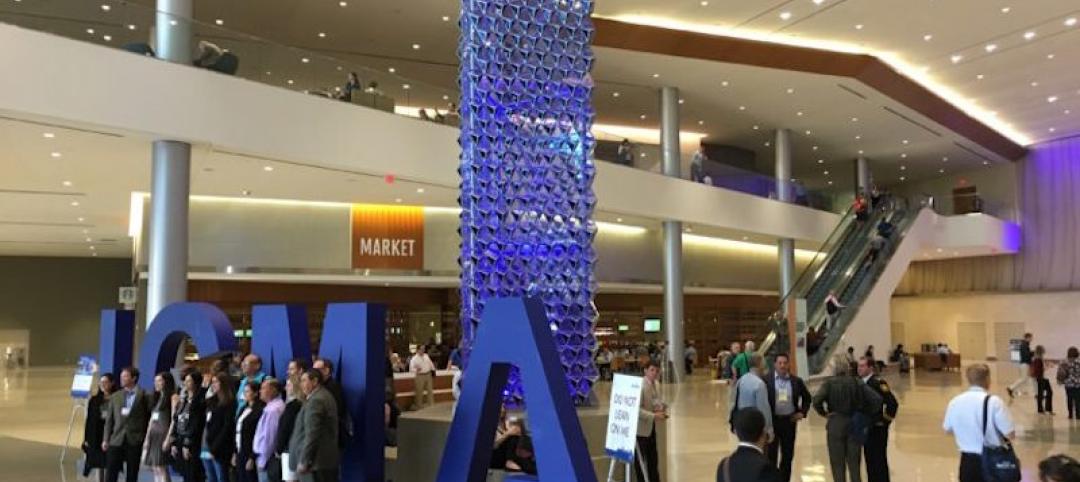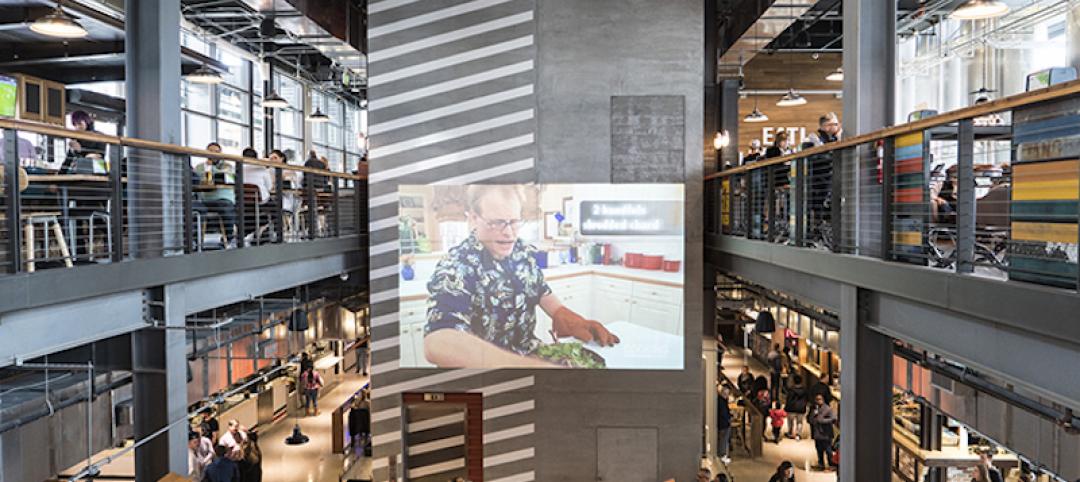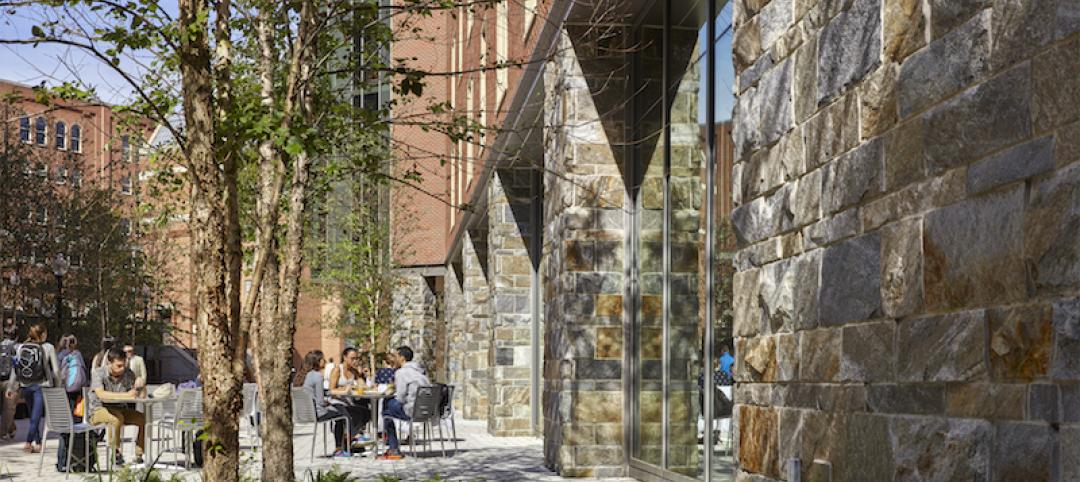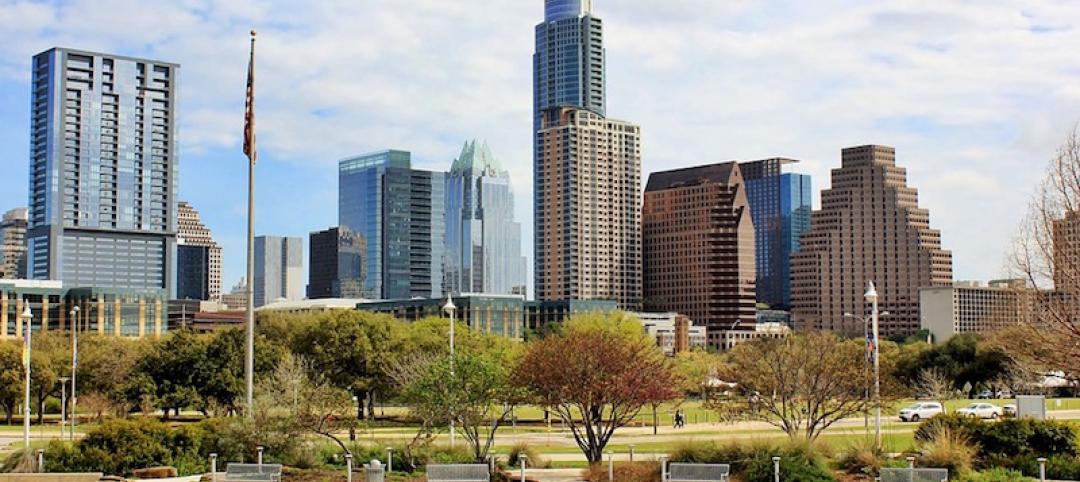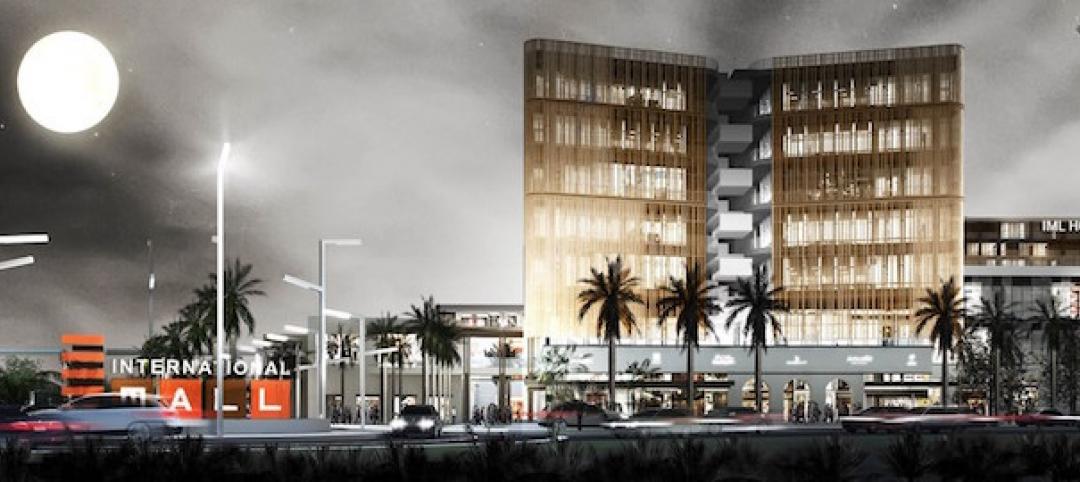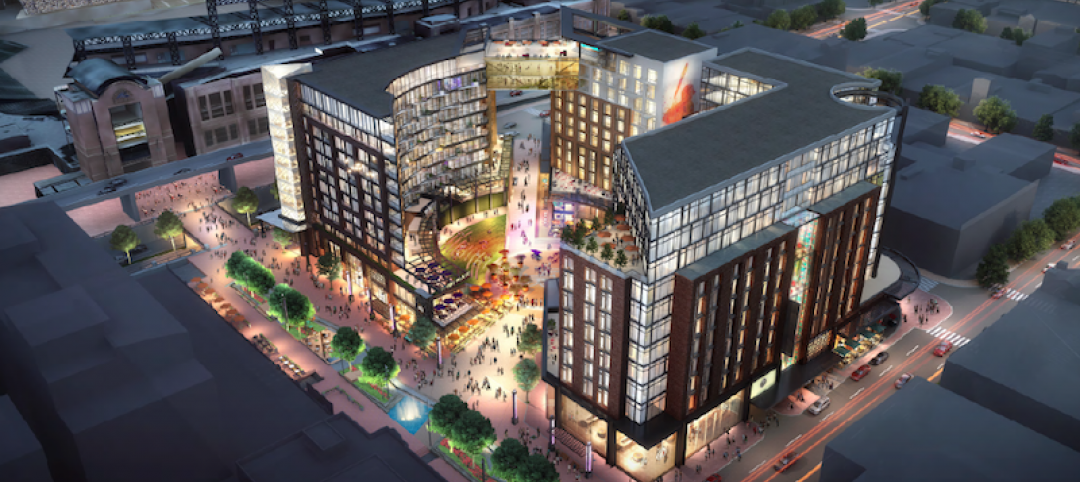In the heart of the Finger Lakes region sits the ambitious city of Ithaca, N.Y. Known for its diverse wildlife and natural beauty, Ithaca has turned heads with the start of its latest venture: Fully decarbonize and electrify the city by 2030.
In the summer of 2019, the City of Ithaca Common Council signed the Ithaca Green New Deal resolution—a unanimous decision for government-led decarbonization. The goals of the resolution include adopting 100% renewable energy by 2025, reducing vehicle emissions by 50 percent, and achieving community-wide carbon neutrality by 2030.
The undertaking that Ithaca has divulged begins with the electrification of 1,000 residential and 600 commercial buildings across the city. The end goal? Convert all 6,000 of Ithaca’s buildings into 100% electric ones. As the first city in the U.S. to propose doing so, what’s the catch? How can a small city accomplish such a feat?
What Makes an Electric City
“[Ventures like Ithaca’s] are clearly a doable scenario when industry and government align,” says Bill Klehm, chairman and CEO of eBliss, an eMobility transportation production company. With two decades of experience in the automotive industry, Klehm believes city-wide electrification efforts are achievable when the government responds to consumer demands.
Take the dawn of the automotive industry, for example. Cars were built before they had the infrastructure to properly support them. Consumers led the demand for vehicles—the government followed with roads. Where’s the tipping point for the switch to all-electric?
Fortunately, Ithaca’s mission is captivating enough for both public and private partnerships to arise. The almost-all-electric city has found enormous support from BlocPower, a green homebuilding technology company, and garnered investments from Alturus, Microsoft, and Goldman Sachs. Since 2019, Ithaca has created partnerships with over 200 local, national, and international organizations.
However, peering through the rose-tinted glasses, one must ask: Do we even have the capability to support this? According to Klehm, there are several challenges in store for Ithaca and other cities looking towards the electric future.
- Electric vehicle (EV) charging infrastructure will have to be significantly increased. Cars are one challenge—what about eBikes, public transportation, and delivery vehicles?
- Project leaders will need a detailed understanding of the city’s current traffic flow. This will determine which streets should be consolidated in favor of foot—or eBike—traffic, and which should remain for cars.
- There will need to be more availability of options for people moving around: Planned communities, mixed-use areas, urban condensing.
The rest includes a societal mindset shift—though it seems Ithaca fortunately has a leg up with its own community. Many in the U.S. are still skeptical of going all-electric, whether from the threat of increased taxation or feeling a loss of personal freedom. It will take disruptors like Ithaca to push against the norm, and see if others will follow its lead.
The ‘Democratization of Mobility’
Though Ithaca may be the first U.S. city to become 100% electric, it's not the first to push the limits. A Tempe, Ariz., neighborhood touts itself as the “first car-free neighborhood built from scratch in the U.S.”
Culdesac, a real estate developer and property manager, is building a mixed-use community that prioritizes—no, requires—biking, walking, and public transit. As a “first of its kind” community, Culdesac Tempe incorporates car-free streets (though still designed to accommodate EMS response) and a myriad of public amenities.
This living structure is reminiscent of the controversial “15-minute city,” a concept that instills excitement in some and fear in others. For the former, communities like Culdesac Tempe represent an idyllic lifestyle. In fact, adults who live in walkable neighborhoods are more likely to interact with their neighbors and have a stronger sense of community than people who live in car-dependent communities, according to a report by the Herbert Wertheim School of Public Health and Human Longevity Science at University of California San Diego.
This walkable urbanization typically attracts retired empty-nesters, work-from-home professionals, and the younger generation. This Gen Z demographic may become the biggest drivers for what Klehm calls “the democratization of mobility.”
“An eBike or scooter is usually the first vehicle a kid will ever drive,” says Klehm. “Young people will be the drivers of electric use—they’re used to it.”
As Millennial and Gen Z come further into positions of power, will efforts like Culdesac and Ithaca become commonplace, or will the fight to electrify persist?
Related Stories
Urban Planning | Feb 26, 2018
A new way to approach community involvement for brownfield projects
A new community engagement program works with young adults to help the future of the neighborhood and get others involved.
Urban Planning | Feb 23, 2018
Paris car ban along the river Seine deemed illegal
Mayor Anne Hidalgo has appealed the decision.
Urban Planning | Feb 21, 2018
Leading communities in the Second Machine Age
What exactly is the Second Machine Age? The name refers to a book by MIT researchers Erik Brynjolfsson and Andrew McAfee.
Urban Planning | Feb 14, 2018
6 urban design trends to watch in 2018
2017 saw the continuation of the evolution of expectations on the part of consumers, developers, office workers, and cities.
Urban Planning | Feb 12, 2018
Stormwater as an asset on urban campuses
While there is no single silver bullet to reverse the effects of climate change, designers can help to plan ahead for handling more water in our cities by working with private and public land-holders who promote more sustainable design and development.
Urban Planning | Jan 24, 2018
Vision Zero comes to Austin: An outside perspective
Aside from the roads being wider and the lack of infrastructure for bikes and pedestrians, there seemed to be some deeper unpredictability in the movement of people, vehicles, bikes, and buses.
Urban Planning | Jan 10, 2018
Keys to the city: Urban planning and our climate future
Corporate interests large and small are already focused on what the impact of climate change means to their business.
Urban Planning | Jan 2, 2018
The ethics of urbanization
While we focus on designing organized and supportive architecture, much of urbanization is created through informal settlements.
Urban Planning | Dec 5, 2017
A call for urban intensification
Rather than focus on urban “densification" perhaps we should consider urban “intensification.”
Urban Planning | Dec 4, 2017
Sports ‘districts’ are popping up all over America
In downtown Minneapolis, the city’s decision about where to build the new U.S. Bank Stadium coincided with an adjacent five-block redevelopment project.





